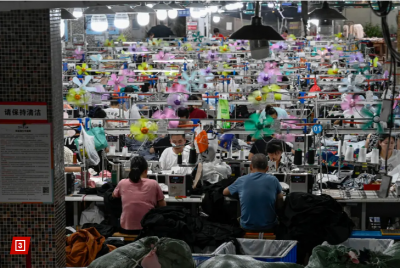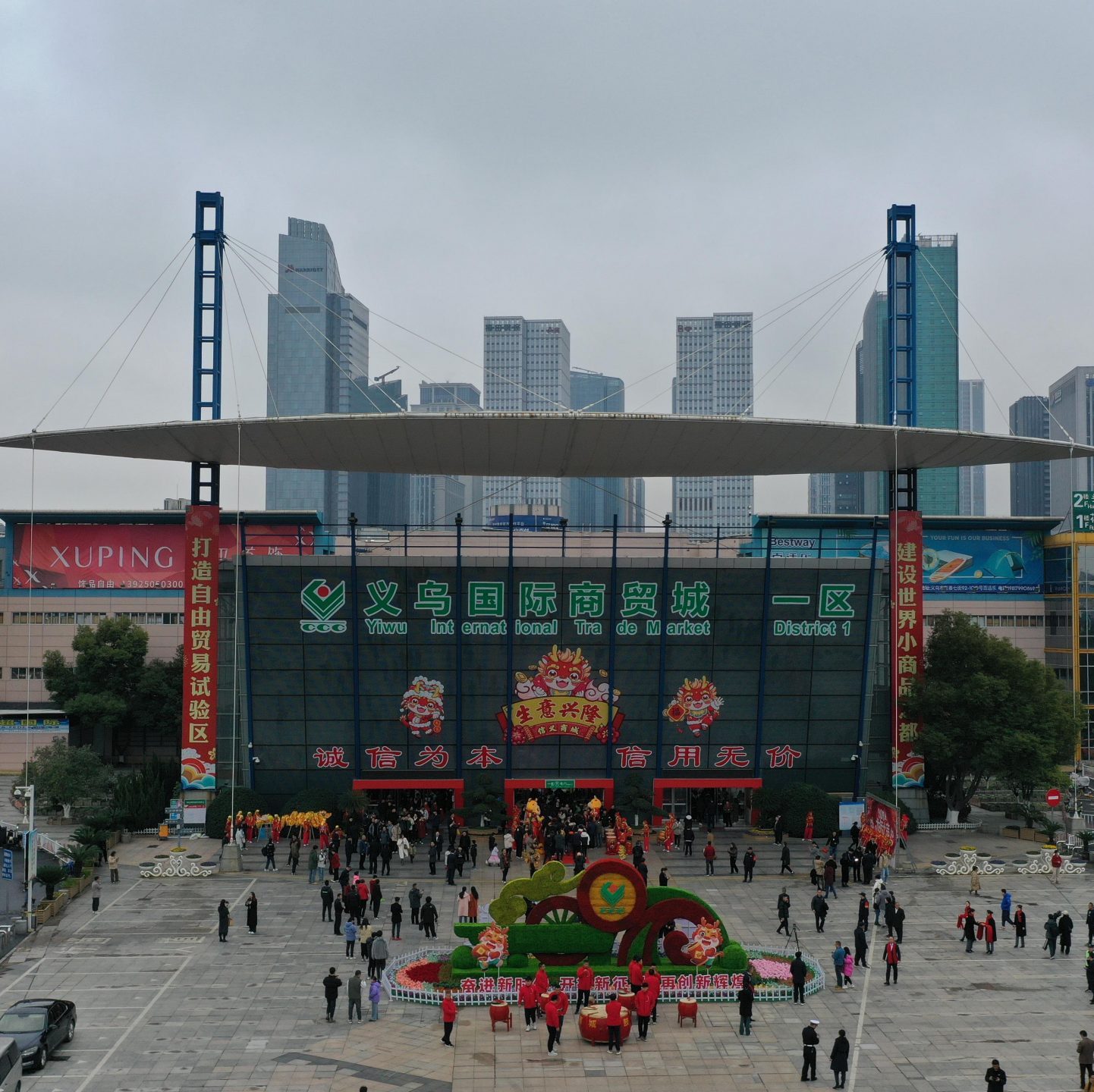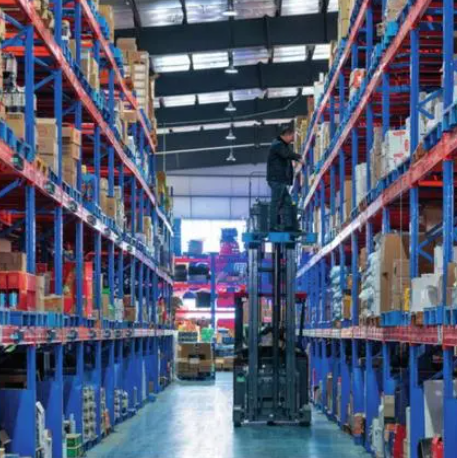The 2025 Tariff Policy: An Overview
In early 2025, a sweeping change in U.S. trade policy shifted the global commerce landscape. With the introduction of significant tariff increases on imported goods—especially those originating from China—the U.S. administration aimed to recalibrate trade balances and rein in what it described as unfair trade practices. The policy notably eliminated the previously generous de minimis threshold, meaning that low-cost packages, once free from tariffs if valued under a particular amount, suddenly faced an ad valorem duty or a fixed per-item fee. This fundamental shift disrupted traditional supply chain models and had reverberations across multiple sectors, with e-commerce giants and wholesale markets bearing the brunt of these changes.
Impact on E-Commerce
Cost Implications and Consumer Prices
For online marketplaces that have grown largely on the foundation of low-cost products, the removal of tariff exemptions has been a game changer. Companies such as Temu and Shein—known for leveraging the previous “tax-free” window on small shipments—now confront a situation where even inexpensive items attract duties. These costs eventually pass down to consumers, inflating prices and reducing the competitive price advantage that many e-commerce platforms once enjoyed. Analysts estimate that these additional fees could drive annual household expenditures in the U.S. into the billions, directly affecting consumer spending patterns.
Supply Chain Disruptions
The shift has forced companies to rethink their logistics and supply chain strategies. Firms that once enjoyed streamlined operations due to tariff-free import protocols are now reassessing their sourcing and inventory management. Many have started exploring alternative manufacturing bases in countries like Vietnam, India, and Mexico. While these shifts promise long-term diversification, the short-term disruptions include increased production costs, longer delivery timelines, and significant supply chain restructuring.
Digital Platform Adaptations
E-commerce platforms are rapidly adapting by recalibrating pricing algorithms, investing in supply chain optimization, and even lobbying for policy clarifications. For many platforms, the need to maintain margins while staying price competitive has led to innovation in logistics and customer service, including faster shipping options and value-added services intended to justify higher retail prices.
Repercussions for the Yiwu Market
A Global Trading Hub Under Pressure
Yiwu, famously recognized as the largest market for small commodities and a crucial node in international supply chains, has seen a marked decline in demand from U.S. buyers. As tariffs make Chinese products more expensive abroad, traders in Yiwu experience a steep reduction in export orders—forcing many local businesses to confront unprecedented challenges in both revenue and cash flow.
Strategic Shifts Among Traders
Yiwu traders have not remained passive. Many are embracing a range of strategies to mitigate the impact:
-
Product Diversification: Businesses are exploring niche markets and high-end product lines less affected by tariffs.
-
Market Diversification: In addition to the U.S., traders are seeking new markets in Southeast Asia, Africa, and Europe.
-
Enhanced Value Propositions: By focusing on quality improvements and faster turnaround times, some vendors are attempting to offset tariff costs with enhanced customer satisfaction.
Longer-Term Economic Effects
While the immediate outlook for Yiwu traders remains challenging, industry analysts predict that a persistent dampening of U.S. demand could spark a broader reshuffling of global trade networks. The Yiwu market, historically known for its agility and adaptability, is likely to become a case study in how traditional wholesale hubs navigate and survive major geopolitical economic shifts.
Broader Global Implications
Evolving International Trade Dynamics
The 2025 tariff changes signal a broader trend toward strategic decoupling in global supply chains. While the U.S. aims to protect domestic industries and reduce reliance on certain imports, other nations are forced to rethink their economic ties with traditional partners. This recalibration could eventually pave the way for new trade partnerships and alliances, fundamentally altering global economic power structures.
The Road Ahead for Policymakers and Businesses
For policymakers, these developments underscore the necessity of forward-looking trade policies that balance national interests with the realities of a globalized economy. For businesses, the key takeaway is the importance of agility—relying on diversified sourcing strategies, investing in innovation, and anticipating future regulatory changes that might upend established practices.
Conclusion
The 2025 U.S. tariff regime has reshaped both e-commerce and traditional trade markets such as Yiwu. On one hand, e-commerce platforms face immediate cost pressures and supply chain challenges that could transform how they operate and price goods. On the other hand, the Yiwu market must navigate reduced demand and swiftly adapt to maintain its global relevance. As these sectors continue to evolve, both businesses and policymakers will have to address the dual challenge of safeguarding economic interests in a turbulent international landscape while fostering an environment of sustained innovation and cooperation.
This comprehensive reflection on the ramifications of the 2025 tariff illustrates the complex interplay between government policy and global commerce—an evolving story with significant implications for economies worldwide.
Analysis Note:
This article integrates research findings and up-to-date insights derived from multiple reputable sources to provide a detailed overview of the recent tariff implementations and their subsequent impact on both e-commerce platforms and the Yiwu market. The discussion further contextualizes the broader economic shifts that are likely to influence international trade in the near future.





Recent Comments